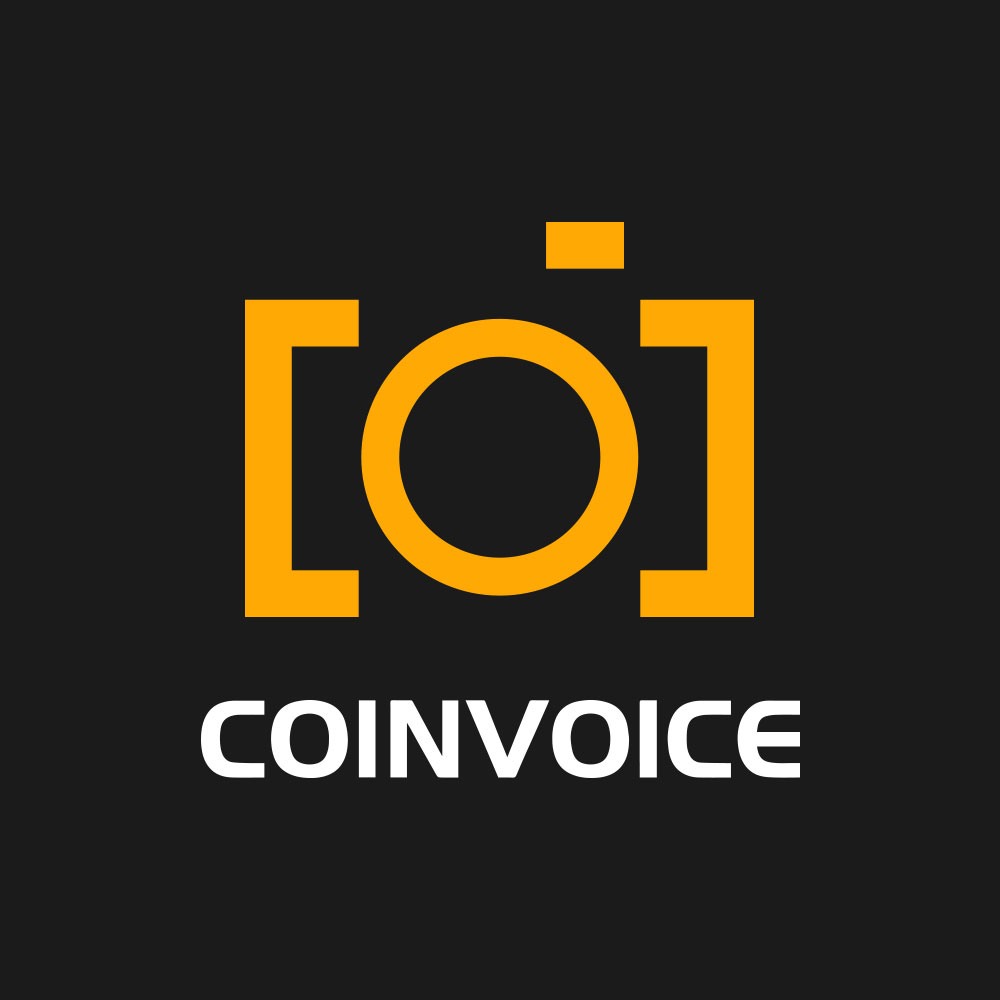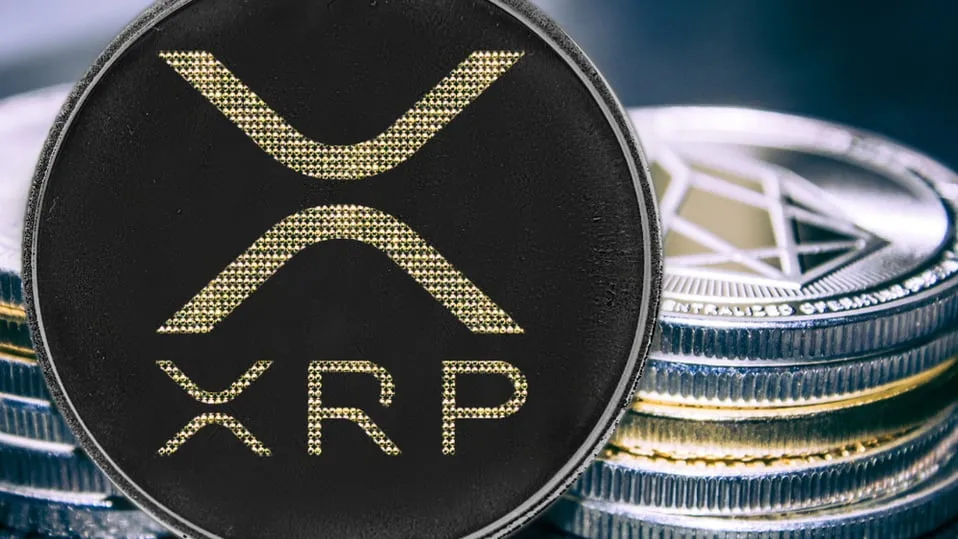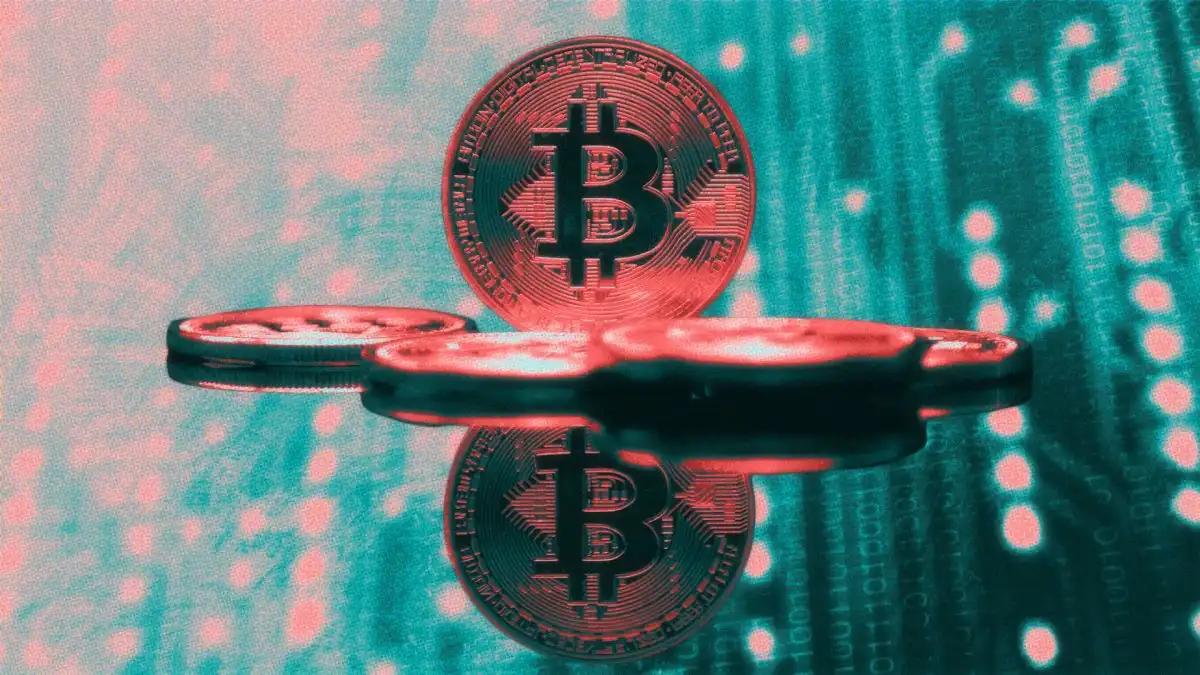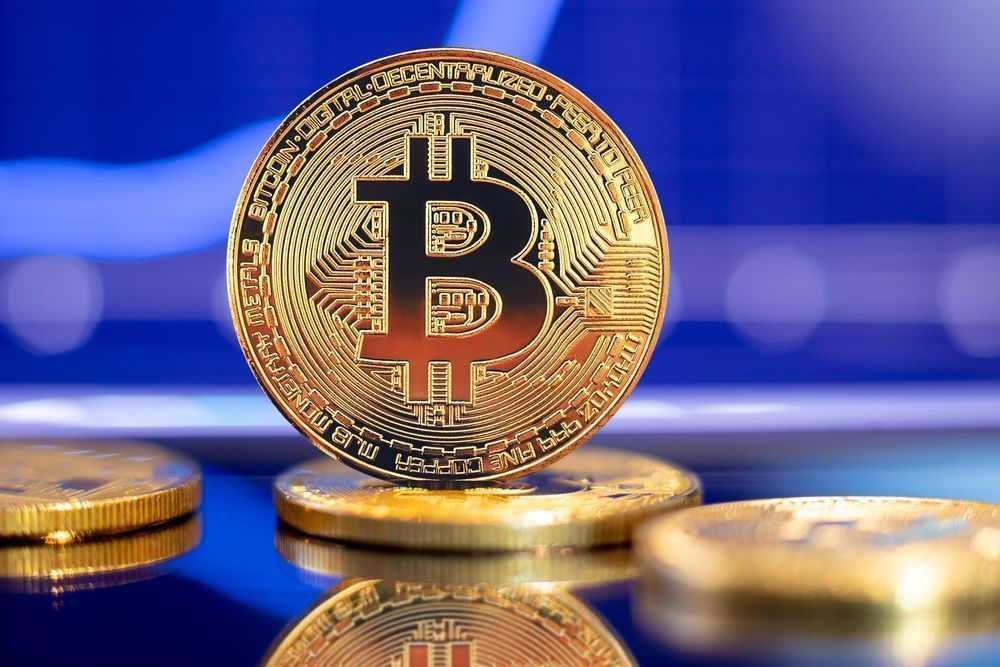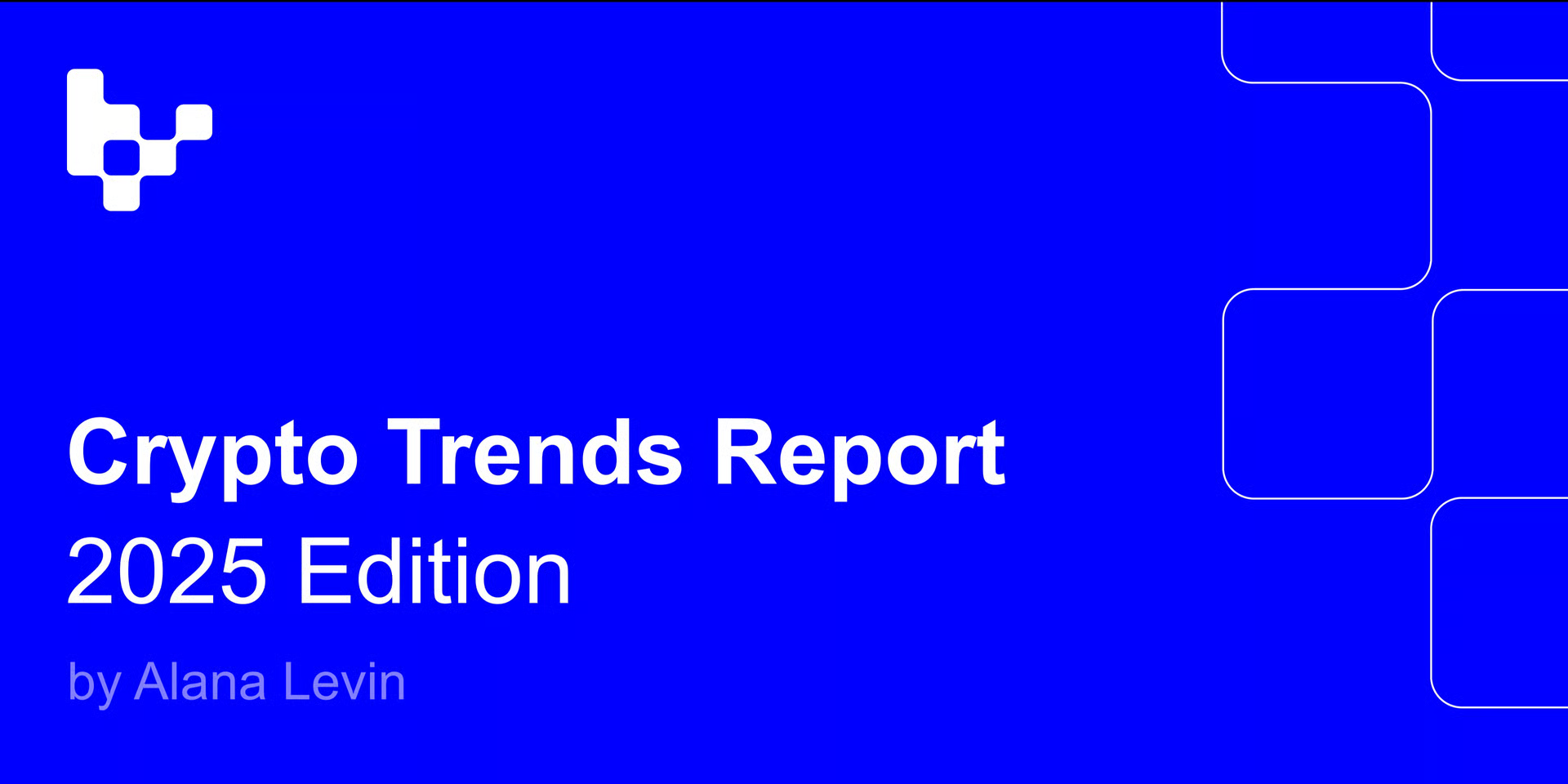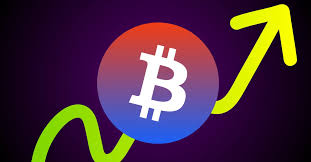Recently, the cryptocurrency market has been experiencing multiple favorable developments, with Ripple’s token (XRP), an established player in the blockchain space, becoming the center of attention. The announcement that Gary Gensler, Chairman of the U.S. Securities and Exchange Commission (SEC), will soon step down has sparked expectations for a more crypto-friendly regulatory environment. At the same time, the long-standing legal battle between Ripple and the SEC may be nearing resolution, with court rulings repeatedly sending positive signals for Ripple, clearing some of the obstacles to XRP’s development. This series of positive events has triggered a strong rebound in XRP's price, which surged over 250% in just a month, with a single-day increase exceeding 35%, hitting a three-year high and reigniting investor enthusiasm.
As one of the pioneers in the blockchain field, XRP has been focusing on cross-border payments since its launch in 2012. Its efficiency, low cost, and technological innovation have made it a favorite among financial institutions. However, the journey of this iconic token has not been smooth. It has faced pressure from market competition and been frequently hindered by regulatory disputes. Now, with the regulatory environment shifting and market confidence restored, XRP seems to be seizing this historic opportunity to redefine its future market positioning. As a veteran in the cryptocurrency space, can XRP once again carve out an innovative path and lead the future of blockchain payments? Let’s explore.
Regulatory Good News: SEC’s “Revenge Concept” Coin XRP Hits Three-Year High
With the 2024 U.S. presidential election decided, Republican candidate Donald Trump was elected as the next president with a significant vote share. During his campaign, Trump promised to make the U.S. the “global cryptocurrency hub” and strongly supported the crypto industry. This stance undoubtedly boosted market confidence, driving up the prices of several cryptocurrencies, including XRP. Amid this market revival, XRP, often referred to as a "revenge concept coin," hit a three-year high, becoming the focal point of investor interest. However, XRP’s rise is not just due to Trump’s campaign promises; it also stems from a series of changes in the regulatory environment and key developments in Ripple’s long-standing legal battle with the U.S. Securities and Exchange Commission (SEC).
Regulatory Changes Act as a Catalyst for the Market
Since late 2020, Ripple has been embroiled in a lawsuit with the SEC for allegedly raising funds through an unregistered securities offering, with XRP facing four years of regulatory pressure. The SEC accused Ripple of issuing XRP since 2013 to raise $1.3 billion and argued that its actions violated securities laws. This lawsuit not only caused XRP’s price to plummet but also led several exchanges to suspend XRP trading, severely damaging market confidence.
However, with the legal battle nearing its end in 2024, XRP has seen a long-awaited turnaround. In 2023 and 2024, U.S. District Judge Analisa Torres made key rulings that provided a significant breakthrough for Ripple. She ruled that Ripple's sale of XRP to retail investors did not violate securities laws, while sales to institutional investors were deemed illegal, with Ripple being fined $125 million. This penalty was much lower than the SEC's original demand for a $2 billion fine and left room for Ripple’s future operations. More importantly, the ruling sent a signal to the market that alleviated concerns about overregulation, providing hope for XRP's future growth.
New SEC Chairman Could Bring More Positive News for XRP
Another important factor driving XRP's revival is the news that SEC Chairman Gary Gensler will step down. Gensler has been one of the most controversial regulators in the cryptocurrency industry in recent years, with his strict policies putting many crypto projects in a difficult position. However, with his departure in January 2025, expectations are high for the new SEC leadership. Many anticipate that the incoming chairman and SEC team may adopt a more relaxed and friendly stance toward the crypto industry, bringing light to XRP and other projects that have been under regulatory pressure.
According to The Washington Post, Trump’s advisory team is evaluating several potential SEC chairman candidates, some of whom have publicly supported cryptocurrencies. The market widely expects these candidates to take a more crypto-friendly approach to regulation. If the new SEC chairman indeed shifts policies as expected, Ripple’s lawsuit could be resolved or even dismissed, potentially leading to a fundamental change in the regulatory landscape for the entire crypto industry. This would be a significant policy win for projects like Ripple, Binance, and Coinbase, which have faced regulatory hurdles.
Ripple Uses Political Action to Change Its Legal Troubles
Ripple's "revenge path" does not solely rely on legal and regulatory changes; the company’s active involvement in politics has also become part of its strategy. According to CoinDesk, Ripple Labs has injected $25 million into the Fairshake Political Action Committee (PAC), aiming to influence the 2026 U.S. Congressional elections and promote more crypto-friendly regulatory policies. This move signals Ripple's growing use of political tools to try to reverse its litigation troubles with the SEC and secure a more favorable legal and regulatory environment for XRP.
Additionally, Reuters reports that several crypto companies, including Ripple, are competing for seats on a new cryptocurrency advisory board being established by Trump. This board will serve as an important platform for cryptocurrency policy reform, and companies involved will have a chance to directly influence future policy directions. If Ripple can secure a position on this board, it could gain more policy support for XRP and greater freedom in the future regulatory landscape.
XRP: Innovator of Traditional Financial Payment Systems
Over the past few decades, the global financial payment system has been dominated by traditional banking settlement and payment methods. While these systems offer certain advantages in terms of stability and security, they have revealed several critical pain points that need to be addressed as globalization deepens and e-commerce rapidly expands. High transaction fees, slow payment processing speeds, and the complexity and high costs of cross-border payments have become bottlenecks that hinder global financial liquidity and market development. To address these issues, Ripple introduced XRP (Ripple coin) and the XRP Ledger, and through its innovative technological architecture and unique business model, it has quickly emerged as a key force driving the transformation of traditional financial payment systems.
What is XRP and Ripple?
XRP is the native cryptocurrency of the Ripple network and is one of the core technologies designed by Ripple to address the pain points of the global payment system. Unlike traditional payment methods such as bank transfers or SWIFT, XRP leverages blockchain technology to provide an entirely new solution for global payments. Ripple uses its innovative Ripple Protocol Consensus Algorithm (RPCA) and the decentralized XRP Ledger to significantly increase transaction speed, reduce costs, and enable cross-border payments that connect different currencies. Essentially, XRP serves as a bridge currency, enabling efficient and low-cost exchanges between different fiat currencies, providing a smoother path for global payments and cross-border settlements.
Founded in 2012 by Chris Larsen and Jed McCaleb, Ripple is a technology company dedicated to transforming the financial system. The company’s initial goal was to use blockchain technology to overhaul the existing financial payment system, particularly to address the high costs and inefficiencies of traditional banking settlements. Ripple’s vision is not just to create a new cryptocurrency but to build a decentralized, global financial network that connects banks, payment service providers, and financial institutions through RippleNet, enabling faster, cheaper, and more efficient payments and transactions.
XRP's Technological Advantages: Efficiency, Low Cost, and High Throughput
One of the biggest advantages of XRP is the XRP Ledger (XRPL) technology architecture it uses. Unlike traditional blockchain projects like Bitcoin and Ethereum, XRP employs a unique consensus mechanism known as the Ripple Protocol Consensus Algorithm (RPCA). This algorithm does not rely on traditional Proof-of-Work (PoW) or Proof-of-Stake (PoS) mechanisms, but instead achieves consensus through a set of independent validator nodes, ensuring the validity of transactions. This design allows the XRP network to validate transactions in just a few seconds, with transaction fees typically as low as 0.00001 XRP—substantially reducing the high transaction fees and time delays common in traditional financial payment systems.
Compared to Bitcoin, which processes only about 7 transactions per second, XRP Ledger can handle up to 1,500 transactions per second. With ongoing technological optimization, the network's throughput is expected to increase even further in the future. This high transaction processing capacity makes XRP an ideal choice for cross-border payments and large-scale fund transfers, particularly in scenarios that require rapid settlement and large payments, where XRP offers unparalleled advantages.
XRP's Role in the Global Payment System: Revolutionizing Cross-Border Payments
One of XRP's core advantages is its ability to provide efficient and low-cost payment solutions between different countries and regions, particularly in the area of cross-border payments. Traditional cross-border payments typically rely on multiple intermediary banks and complex settlement processes, which not only increase transaction time but also result in high fees. According to the Society for Worldwide Interbank Financial Telecommunication (SWIFT), traditional cross-border payments typically take 2 to 3 business days, and the transaction fees can range from 5% to 10% of the payment amount. This inefficient and costly method has become a bottleneck in global financial transactions and business activities.
XRP, through its innovative On-Demand Liquidity (ODL) technology, has completely transformed this landscape. ODL allows users to make instant cross-border payments using XRP as a bridge currency, without the need for pre-funding. For example, when a business needs to transfer funds from the U.S. to Japan, traditional methods require multiple intermediary banks and can take several days to complete. However, with XRP, users can complete the payment in seconds at a fraction of the cost of traditional payment methods. This efficient, convenient, and low-cost payment system has greatly enhanced the efficiency of global trade and the flow of funds.
Ripple has built a broad global payment network by partnering with numerous banks, payment service providers, and financial institutions around the world. This has enabled XRP to play a crucial role not only in traditional financial sectors but also to make breakthroughs in payment and remittance systems in emerging markets and developing countries, further advancing financial inclusion.
Ripple and XRP’s Advantage: Combining Bank Partnerships with Decentralization
XRP's success in the global payment system is closely tied to its deep cooperation with traditional banks and financial institutions. Ripple has always adhered to the philosophy of "cooperating with traditional financial institutions rather than competing against them." Through strategic partnerships with leading financial institutions globally, XRP has quickly been adopted in existing financial infrastructures. For instance, Ripple has formed strategic alliances with major banks and payment platforms such as U.S. Bank, Credit Suisse, and Mitsubishi UFJ Financial Group, promoting the use of XRP in cross-border payments and settlements. These collaborations not only enhanced XRP's market recognition but also laid a solid foundation for further expansion into the financial services sector.
However, the integration of XRP with traditional banking systems does not mean it loses its decentralized nature. The XRP Ledger is a decentralized public blockchain, and anyone can join and become a validator node. This means that even if Ripple were to cease operations, the XRP network would continue to function. The decentralized design ensures that XRP is not under the control of any single entity, which is a key advantage distinguishing it from traditional financial systems.
In the future, XRP may not be limited to cross-border payments alone. Its potential applications in emerging sectors such as decentralized finance (DeFi) and asset tokenization are also promising. As Ripple continues to strengthen its partnerships with global banks and financial institutions and expands XRP’s use in more financial fields, XRP is poised to become an indispensable part of the global payment system, potentially evolving into a new global currency.
From Traditional Finance to Web3: Ripple’s Long-Term Strategy and the Future of XRP
Although Ripple is a blockchain company, its primary focus has historically been on the traditional financial sector. With the rapid development of global fintech, the shift from traditional finance to the Web3 industry has become a mainstream trend in the financial market, and Ripple has gradually begun to position itself within the Web3 space. However, unlike many cryptocurrency projects, Ripple has not limited its vision to the purely digital currency realm but has instead pursued a broader strategy aimed at diversifying its products and services. Ripple is focusing its efforts on decentralized finance (DeFi), stablecoins, and asset tokenization, which are key areas within Web3. Notably, while XRP itself does not have a direct role in these strategic areas, Ripple’s long-term positioning enhances the potential applications of XRP in the future.
Ripple’s Strategic Shift: From Traditional Finance to Web3
The combination of traditional finance and Web3 may seem like a leap at first glance, but in reality, this shift began to take shape in the early stages of the cryptocurrency market. In the past, the traditional financial sector faced growing demand for cross-border payments but was also limited by complex interbank settlement processes and high transaction fees. Ripple, as an innovator in the traditional payment system, gradually broke down these barriers through XRP and its RippleNet network, thereby improving the efficiency of the global payment system. However, with the rise of decentralized finance (DeFi), traditional financial institutions are now facing new challenges: how to embrace a decentralized and digital asset-based future while maintaining compliance.
Against this backdrop, Ripple’s strategic positioning began to shift toward the Web3 industry, particularly in 2023 when Ripple further strengthened its investments in decentralized finance and asset tokenization. By acquiring the crypto asset custody company Metaco and the payment company Standard Custody, Ripple not only built a strong foundation in the areas of stablecoins, asset tokenization, and DeFi but also enhanced its advantage in regulatory compliance through these acquisitions. In fact, these moves signal Ripple’s efforts to bridge the gap between traditional finance and Web3, laying the groundwork for future financial system transformation.
XRP and Web3: Challenges and Opportunities in the Transformation
Although Ripple has gradually shifted its strategic focus from traditional cross-border payments to the Web3 space, this does not necessarily mean that XRP, as its native token, can seamlessly transition along with it. Unlike the traditional cross-border payments market, the core values of Web3 lie in decentralization, digital asset liquidity, and the application of smart contracts, which means that XRP's role in Web3 is not as directly obvious as it is in cross-border payments as a bridging currency. XRP’s technological advantages and efficient transaction mechanisms are still commendable, but in the Web3 ecosystem, the biggest challenge for XRP is how it can align with the needs of emerging areas like DeFi. To find a new position in this space, Ripple must push for a deeper integration of XRP into Web3.
Ripple is expanding the application scenarios of XRP through several initiatives and gradually infiltrating other key technological areas in Web3. For example, Ripple’s launch of the RLUSD stablecoin will serve as a complementary tool for XRP, enhancing its role in Ripple's payment solutions. Ripple’s President, Monica Long, stated that RLUSD aims to enhance XRP’s relevance within the payment ecosystem, thereby attracting more users to adopt the XRPL platform. This strategy not only helps solidify XRP’s position in the payments sector but also provides new opportunities for its application in Web3. Meanwhile, Ripple is also funding developers and supporting innovative applications within the global Web3 space, continuously advancing the XRPL ecosystem. Through these efforts, Ripple is actively driving the development of Web3 technologies based on XRP, providing solutions for emerging fields like decentralized finance (DeFi).
Ripple’s Long-Term Strategy: A Steady and Compliant Approach to Entering Web3
Ripple’s strategy stands in stark contrast to many cryptocurrency projects, as it focuses on compliance and stability, particularly when expanding into Web3 applications. Unlike many traditional crypto projects that are speculative and focused on short-term gains, Ripple has consistently adhered to a prudent development path, striving to foster innovation within a compliant framework. From its early use of XRP as a cross-border payment tool to its current aggressive push into Web3, Ripple has maintained a forward-looking vision and has adopted a development strategy that closely integrates with the traditional financial sector. This approach not only strengthens market confidence in Ripple but also earns it relative support from regulators.
Ripple has also been exceptional in its cooperation with financial institutions and regulators. To date, Ripple has formed partnerships with over 100 global banks and has gained a solid reputation and broad support within the financial industry. Additionally, Ripple and its subsidiaries hold nearly 40 U.S. money transmission licenses, a New York BitLicense, a Major Payment Institution license from the Monetary Authority of Singapore, and a Virtual Asset Service Provider (VASP) registration with the Central Bank of Ireland. These licenses allow Ripple to operate legally in various countries and regions, further boosting its credibility as a financial service provider. Moreover, these compliance credentials are crucial as Ripple ventures further into Web3, especially in the emerging markets of decentralized finance (DeFi) and asset tokenization.
The Future of XRP: Potential and Challenges
While Ripple’s presence in the Web3 space continues to grow, XRP, as its core token, still faces numerous challenges in asserting a significant role in this transformation. Currently, XRP’s main advantage lies in cross-border payments, where its efficiency and low costs have earned it a prominent place in traditional finance. However, in the Web3 ecosystem, whether XRP can match the demands of emerging sectors like decentralized finance (DeFi) and asset tokenization, and play a similarly pivotal role as it does in traditional financial payments, remains to be seen. In these highly competitive areas, XRP will need to rely on technological innovation and further ecosystem development to stand out.
Nonetheless, as Ripple’s long-term strategy begins to bear fruit and the Web3 market matures, the future outlook for XRP remains bright. With the continuous expansion of XRPL’s capabilities, XRP’s application potential in emerging fields like DeFi, stablecoins, and asset tokenization will gradually unfold. At the same time, Ripple’s deepening collaborations with global financial institutions provide solid support for XRP’s further development. Through its expansion into stablecoins and real-world asset (RWA) tokenization, Ripple is enhancing XRP’s position within the global payment system and steadily advancing toward its goal of becoming a core asset in global payments.
